Significance
Matsu’s Jinbanjing Mazu Temple was built over four centuries ago. It serves as a local religious, cultural, and community development center. Over the years, Jinbanjing Mazu Temple has undergone fewer renovations than other Mazu temples on the island of Matsu. As a result, its original appearance, including its unique firewalls, has been preserved. The carpentry methods used to construct the temple have great artistic significance. Jinbanjing Mazu temple is the best showcase of eastern Fujian’s traditional cultural and architectural sensibilities that can be found either in the province or in Taiwan. The temple is also Matsu’s most significant cultural asset. The Tower Burning Festival, which had its origins in Fuzhou, takes place during the Mid-Autumn Festival. It symbolizes the idea of discarding the old to make way for the new. Today, the only place in Taiwan where this tradition is still observed is in Matsu’s Tieban village.
History
Jinbanjing Mazu Temple is the only traditional eastern Fujian-style structure on Matsu’s Nangan island. It is said to be one of the four Mazu temples commissioned by a pirate named Cai Qian (1761 – 1809) to curry the favor of the deities. The other three were located in Jinsha, Magang, and Dongyin. Jinbanjing Mazu Temple has undergone three partial renovations since 1949; however, it still maintains many of its original features such as its ancient firewalls, an interior courtyard with delicate wooden structures and dark carved wood beams, and an 1869 incense burner to Mighty Marshal Chen, a local deity of the Matsu Islands. The temple was registered as a Lienchiang County historic landmark in 2009. The “tower burning” tradition has existed in the eastern Fujian region for centuries. In the past, all of Matsu’s villages held their own tower burning festivals, but tower burning was prohibited for fifty years during the 20th century when Matsu was under military control due to cross-strait tensions, and the tradition was nearly lost. The festival was reinstated in 1989 when the Dongyin Township Office organized a tower burning competition between the villages of Lehua and Zhongliu. Matsu’s Tieban village is now the only place in all of Taiwan where the tradition is still carried out. The Tower Burning Festival takes place on the night of the Mid-Autumn Festival. Many competitions and activities are held during the festival.
Special Features

1The Temple’s Eastern Fujian Architectural StyleMatsu has three Mazu temples, one each in Magang, Jinsha, and Jinban. All of Nangan Island’s Mazu temples have been completely rebuilt in recent years with the sole exception of Jinbanjing Mazu Temple, which was only partially renovated. As a result, the temple retains many of its original eastern Fujian architectural features, including the firewalls (courtyard complexes in southern Chinese villages were traditionally separated by high gables to prevent fires from spreading). The interior of the temple was constructed from Fuzhou Chinese fir using a column and tie beam system, a traditional Chinese wooden structural system in which the purlins are laid directly on the columns, negating the need for girders. The roof has extended eaves. The façade was originally also made of wood, but was later rebuilt in brick to protect the wood interior. East and west wings serve to enclose the temple complex. A shrine within appears like a temple within a temple, and features a rare wooden partition that reaches all the way down to the ground.
2The Statue of Young Mazu Jinbanjing Mazu Temple is dedicated to the Heavenly Mother— Mazu. The temple’s Mazu statue is the only pottery Mazu statue in all of Matsu. It also differs from statues at other Mazu temples, which depict Mazu at a mature age. Jinbanjing Mazu Temple’s statue portrays her as a graceful young lady holding a kuei tablet, a piece of ritual equipment.
Jinbanjing Mazu Temple is dedicated to the Heavenly Mother— Mazu. The temple’s Mazu statue is the only pottery Mazu statue in all of Matsu. It also differs from statues at other Mazu temples, which depict Mazu at a mature age. Jinbanjing Mazu Temple’s statue portrays her as a graceful young lady holding a kuei tablet, a piece of ritual equipment.
3The Tower Burning Festival The tower burning tradition was brought to Matsu from eastern Fujian, where it originated. Only Matsu’s Tieban village still observes this Mid-Autumn Festival tradition. During the festival, towers are set alight along with discarded materials to symbolize replacing the old with the new. The towers are one to three meters in height, and made of broken tiles. The taller towers have brick bases with broken tiles for the top section. A hole is left at the top of each tower for fuel such as wood, bamboo, or chaff. Sometimes rosin powder is used as an accelerant and salt is added to produce a fireworks-like effect.
The tower burning tradition was brought to Matsu from eastern Fujian, where it originated. Only Matsu’s Tieban village still observes this Mid-Autumn Festival tradition. During the festival, towers are set alight along with discarded materials to symbolize replacing the old with the new. The towers are one to three meters in height, and made of broken tiles. The taller towers have brick bases with broken tiles for the top section. A hole is left at the top of each tower for fuel such as wood, bamboo, or chaff. Sometimes rosin powder is used as an accelerant and salt is added to produce a fireworks-like effect.
4The Tower Burning Competition The rules for the Tower Burning Festival’s tower burning competition are quite simple. The winner is the one whose tower burns biggest and brightest. Those with towers that do not burn well or collapse lose the competition. The winner receives an embroidered banner, a cash prize, and other prizes. Several community groups have also designed “cleansing cards,” on which people write their fears or something they want to get rid of, which are then burned along with the towers to symbolize the removal of misfortune.
The rules for the Tower Burning Festival’s tower burning competition are quite simple. The winner is the one whose tower burns biggest and brightest. Those with towers that do not burn well or collapse lose the competition. The winner receives an embroidered banner, a cash prize, and other prizes. Several community groups have also designed “cleansing cards,” on which people write their fears or something they want to get rid of, which are then burned along with the towers to symbolize the removal of misfortune.
Reminders
The Tower Burning Festival takes place annually on the 15th day of the eighth lunar month, which is the Mid-Autumn Festival. It combines traditional folk culture and creative street art performances. Many interesting events are held throughout the day of the festival.
Panoramic
Directions